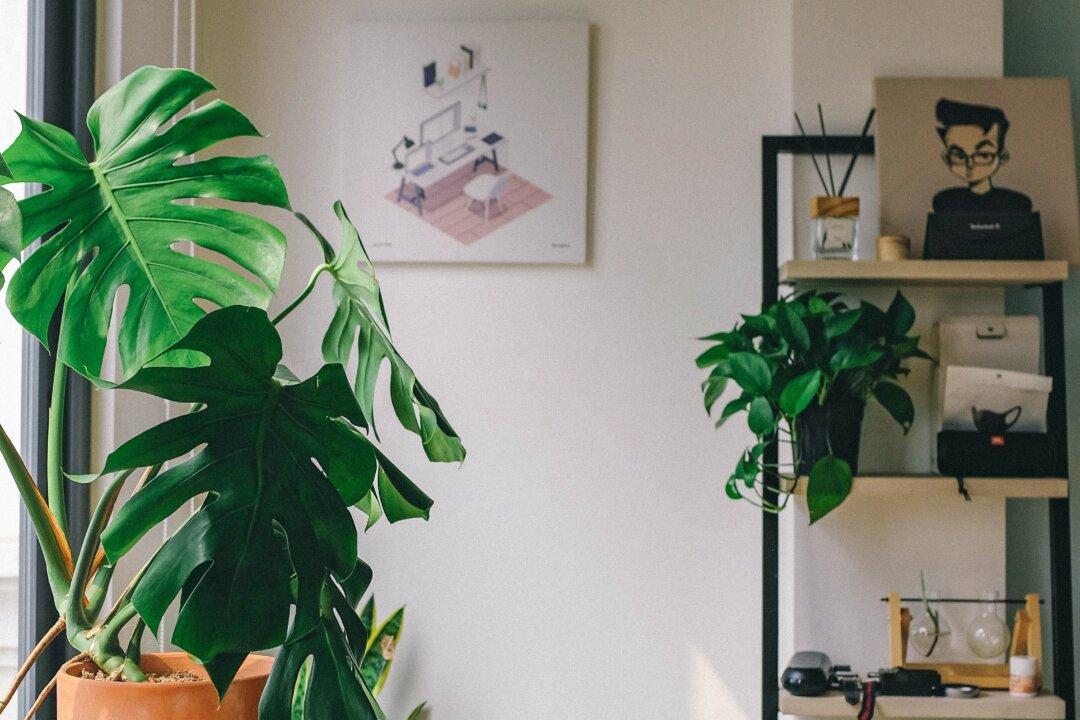Getting outdoors, as well as bringing the indoors in, became a major focus with the onslaught of a global pandemic. People who may not have ever dipped a pinkie finger into wet soil, were suddenly trying out their green thumbs. And while outdoor plants are beneficial for various reasons, indoor plants are increasingly sought after as living decorative accessories. Houseplants offer color, texture, and aesthetic interest to rooms.
Cecilia Turner, an interior designer currently based in Manitoba, Canada, aptly refers to the practice of filling interiors with live plants as “plant decorating.” She points out, “People are simply not aware of the many amazing ways we can decorate with plants and enhance our rooms!”
Bringing the outdoors, in
Turner’s plant decorating suggestions to clients include:- finding large, potted floor or table plants that are stand-alone statements – such as the Euphorbia trigona, also referred to as African milk tree, or Zamioculcas zamiifolia, also called the ZZ plant
- decorating tabletops with a “collection” of smaller, but various-sized, potted plants, such as succulents and cacti
- adding plants to floating, stand-alone, or leaning shelves – or bookcases; plants such as string of bananas, which hang over a container, are ideal for shelves
- dressing up walls and corners with plant hangers; Turner explains, “There are also some very interesting glass, open and closed terrariums of different shapes and dimensions that can be hung from the walls.”





